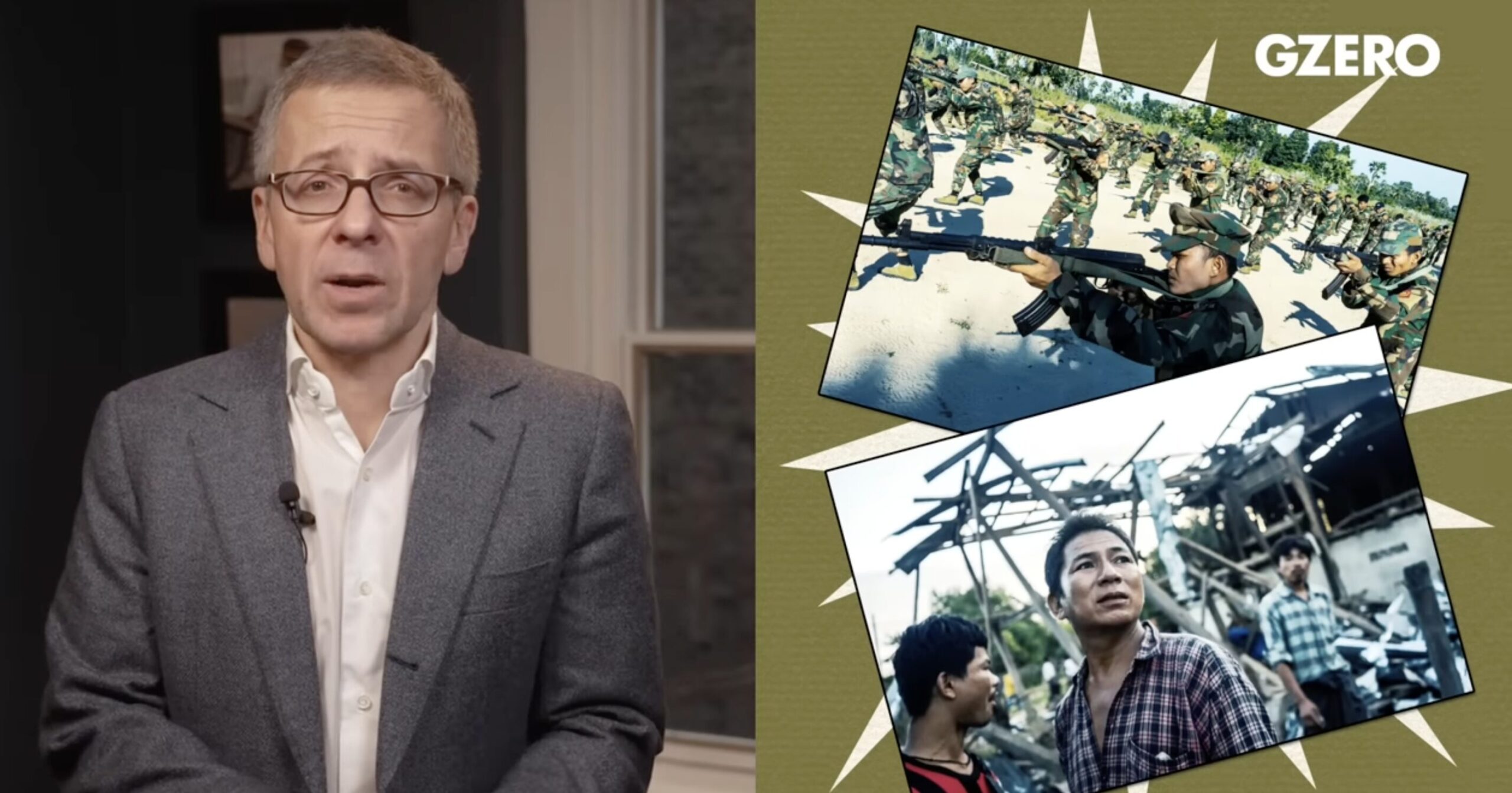
Peter Zeihan: Europe Goes Nuclear
We’ve got two major developments in Eurasia. We’re talking about Ukraine disabling two ships in the Caspian Sea and Poland getting EU approval to build…
Thought Leader: Peter Zeihan
The U.S. could speed its response to future pandemics by building a National Weather Service-like system to predict disease outbreaks the same way it forecasts the weather.
Caitlin Rivers, a senior scholar at the Johns Hopkins Center for Health Security, proposed Wednesday the idea of creating a national center to forecast disease outbreaks during a Covid-19 hearing by the House spending panel. The House Appropriations Labor, Health and Human Services, Education, and Related Agencies Subcommittee called the hearing in part to examine long-term investments to improve the response for the next pandemic, and Rivers said the proposal was a longer-term priority that Congress should consider.
“We’ve seen on the White House task force briefings and on the nightly news that infectious disease modeling or outbreak science is playing an important role in guiding the Coivd-19 response,” Rivers said. “But what many people don’t realize is that the expertise to produce those models is not a standing national capacity. It’s mostly a volunteer force of academics who produce those models.”
Relying on academic modelers such as the University of Washington’s Institute for Health Metrics and Evaluation stands in stark contrast to the National Weather Service, a U.S. agency tasked with providing forecasts and warnings that’s been around since 1870, she said.
“We don’t have anything like that for outbreaks, but this pandemic underscores why that must change. We should consider establishing a national center that would perform academic forecasting and analytics,” she said.
Harvey V. Fineberg, former president of the National Academy of Medicine and Harvard University provost who focuses on health policy and medical decision-making, said national disease modeling and prediction capability is exactly what the Centers for Disease Control and Prevention would have in place with adequate funding.
“The need is both for projecting and managing an ongoing pandemic and a longer-range ability to forecast and anticipate future emerging disease threats,” said Fineberg, president of the Gordon and Betty Moore Foundation, which supports scientific discovery and improving patient care. “Properly designed, this government (CDC) function would take full advantage of capabilities in the academic and private sectors, in the same way that our nation’s biomedical research enterprise capitalizes on public, academic, and commercial sector participants.”
Rep. Rosa DeLauro (D-Conn.), chairwoman of the subcommittee, told Rivers she was intrigued by the proposal and would be following up.
Georges C. Benjamin, executive director of the American Public Health Association, said he thinks a system like the one Rivers proposed is possible.
“The hardest part is data collection, and Amazon does that every day,” he said in an interview.
The U.S. has never built and sustained in a meaningful way the capacity to do identify new health threats rapidly and figure out what those threats mean, he said.
“If we had such a system, we would have had a better early warning on opioid epidemics, we would have had a better early warning on the obesity epidemic, we absolutely would have had a better early warning on this infectious disease epidemic,” Benjamin said. “All of our data systems are very silo based. They don’t talk to one another, and they’re not fast.”
The Institute for Health Metrics and Evaluation is an independent population health research center that has developed widely cited Covid-19 models to make projections on when peak deaths and hospitalizations may occur.
Covid-19 work wasn’t part of the institute’s planned scope of work when it started modeling, and its staff has been working to reshuffle priorities and find funding to keep its modeling going, specifically on Covid, spokeswoman Amelia Apfel said in an email.
“We do have small teams that look at future health scenarios and pandemics, but nothing near the capacity needed for this type of work,” she said.
The National Weather Service collects information that goes out to every local meteorologist, whereas public health data is gathered at the local level and then gets reported nationally.
“It’s always been that way and you can do it that way, but it doesn’t necessarily build in any kind of system that allows us as a nation to respond as quickly as we can,” he said.
The National Center for Health Statistics “does an amazing job” at gathering data, but it doesn’t do modeling and forecasting, Benjamin said. “It’s a data repository, it’s not a response agency.”
Peter Zeihan: Europe Goes Nuclear
We’ve got two major developments in Eurasia. We’re talking about Ukraine disabling two ships in the Caspian Sea and Poland getting EU approval to build…
Thought Leader: Peter Zeihan
Dr. Sanjay Gupta’s Top Health Stories of 2025
From the resurgence of measles to a new way to treat pain, 2025 was a challenge for public health while still offering moments of hope. Sanjay…
Thought Leader: Sanjay Gupta
Ian Bremmer: The state of global conflict in 2025
On GZERO World, Ian Bremmer takes a hard look at the biggest global crises and conflicts that defined our world in 2025 with CNN’s Clarissa…
Thought Leader: Ian Bremmer

